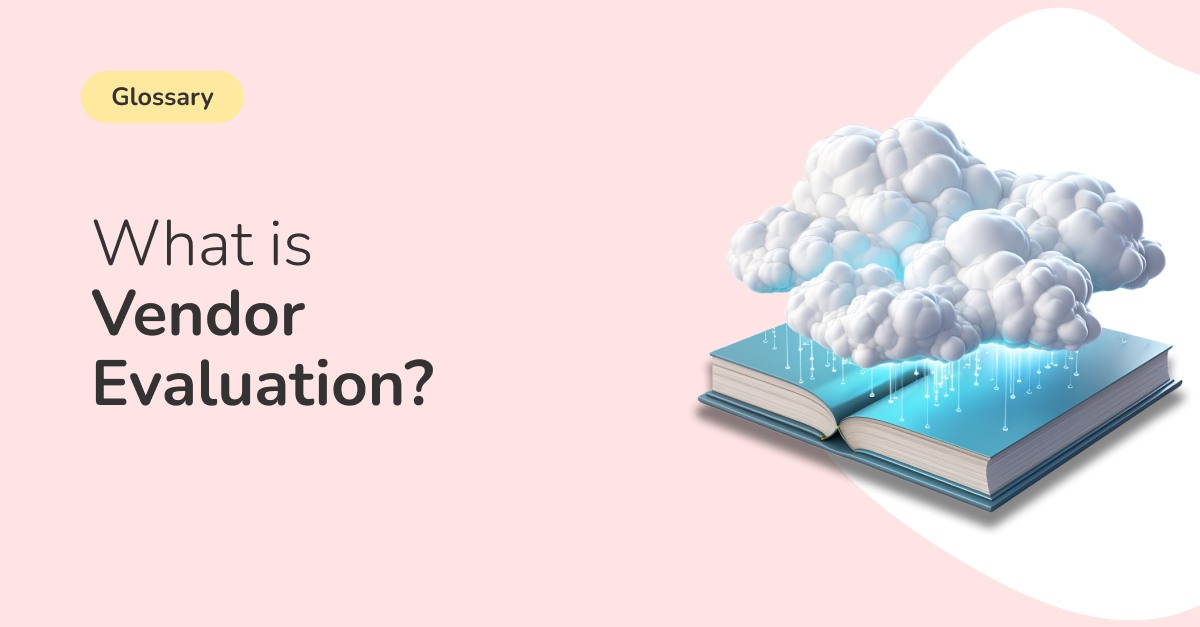What is Vendor Evaluation (Supplier Evaluation)?
Vendor evaluation (or supplier evaluation) is the process of assessing and scrutinizing a supplier to ensure they meet specified criteria for delivering products or services. This is crucial in procurement to manage risk, ensure quality, and achieve cost-effectiveness. The vendor evaluation criteria might include factors such as performance, reliability, and compliance with regulatory standards.
The SaaS Management Connection
For SaaS Management Platforms like Torii, vendor evaluation is a cornerstone activity. It ensures that third-party services integrate seamlessly, meet security standards, and offer a reliable customer journey. By streamlining this process, organizations can make informed decisions on vendor selection, enabling a more robust supply chain. Learn more about how SaaS Management Platforms can streamline your Vendor evaluation and renewal process.
Examples of Vendor Evaluation
Real-life example: Imagine a company looking to integrate a new customer service software. They shortlist three potential vendors. The procurement team creates a vendor evaluation form listing criteria like product quality, price rating, and customer service ratings. Based on the evaluation process, they score each potential vendor. This systematic vendor assessment enables them to select the vendor that best matches the business need.
Vendor Evaluation Best Practice
Supplier evaluation best practices are crucial for optimizing procurement processes, managing risk, and ensuring quality. Here’s how to ace it:
Define Clear Criteria: Establish clear, objective criteria for vendor performance. Consider factors such as delivery time, compliance, and quality control.
Multi-Departmental Input: Involve stakeholders from procurement, risk management, and quality control to gain a comprehensive view. This ensures an informed decision that aligns with overall business needs.
Use Standardized Forms: Employ standardized vendor evaluation forms to streamline the evaluation process. This ensures uniformity and minimizes subjective judgments.
Ongoing Assessment: This isn’t a one-off task. Regularly review vendor performance indicators to track adherence to agreed-upon standards.
Data-Driven Decisions: Leverage analytics to assess performance. Data-driven insights enable targeted improvements and help in identifying issues before they escalate.
Compliance Checks: Always verify that the vendor complies with industry and legal standards. Non-compliance can lead to financial and reputational damage.
Pilot Testing: Before full integration, run a small-scale test to validate if the vendor meets your performance and quality benchmarks.
Feedback Loop: Establish a feedback mechanism for continuous improvement. Update your evaluation criteria based on real-world performance and changing organizational needs.
Adopting these best practices helps in refining your vendor evaluation process, making it more aligned with your strategic goals and operational requirements.
Related Terms You Should Understand
- Supplier Assessment: Similar to vendor evaluation, this involves scrutinizing a potential supplier’s ability to meet specific criteria.
- Procurement: The entire process of acquiring goods, services, or works from an external source, often via tendering or competitive bidding.
- Performance Indicators: Metrics used in the evaluation criterion to gauge the effectiveness of a vendor’s service or product.
- Vendor Rating: The grading or ranking of a vendor’s performance or compliance with established criteria.
- Vendor Selection Process: The internal process involving multiple departments such as procurement, risk management, and quality control to select a suitable vendor.
By understanding these terms and incorporating best practices, organizations can improve their vendor relationships and achieve continuous improvement in their procurement processes.






